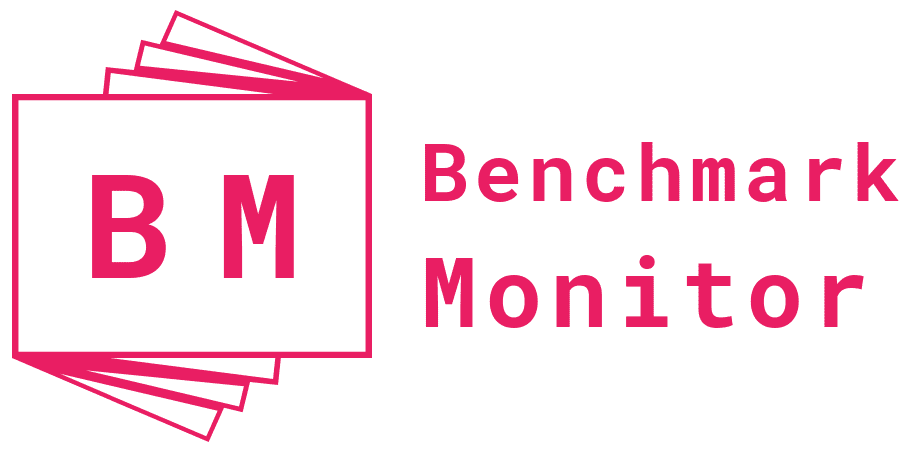Foreign exchange trading arose shortly after President Nixon pulled the United States from the Gold Standard, causing the value of the dollar to float. This occurred in August of 1971, more than four decades ago. It’s unlikely that anyone could have predicted how the Nixon Shock would grow into a multi-billion-dollar worldwide enterprise. Is it feasible that we will be surprised in the future? What do you think the forex market will look like in 25 years? It will be tough to foresee what Forex trading will be like in 20 years, especially because it is difficult to foretell what will happen in the next 10 minutes for MT4 brokers that accept clients from the US Forex Traders.
Increase in Popularity
In recent years, forex has transformed from a rather obscure and unavailable trading commodity to a nearly global phenomenon. Many people have been persuaded to try their hand at Forex trading because of the simplicity with which computers make it available, as well as the rapid growth of Forex software applications and sites, as well as all forms of training and advertising. According to a Dow Jones Newswires survey, “Daily average foreign exchange transactions touched $4.71 trillion in June 2011,” which is somewhat higher than the previous year’s value of $3.98 trillion per day, as reported in the Bank for International Settlements’ 2010 report.
Apart from promotion and convenience, the possibility of becoming wealthy while still at home has certainly captured the attention of many individuals and will continue to captivate them. People could invest in Forex, lose some of it, and not be sorry until 2008, when liquidity became more readily available and flowing.
The Downward Trend has slowed
According to the same triennial research, several demographic groups witnessed a slowdown in overall Forex trading during that time. Governments and central banks were among the participants. Individuals and small trading organizations, on the other hand, experienced a large growth in transaction volume during that time. Years ago, business was mostly restricted to larger corporations, but the expansion of the Internet, as well as personal computers and mobile devices, has made it accessible to a wide number of people all over the world. This forex market slowdown could be a portent of things to come. While no one can foretell what will happen in the next 20 years, the status of the economy, as well as an already observable pattern, may reveal a lot about the prospects of the Forex markets.
Managed Forex Accounts
A safer option to trade Forex is to invest in a managed Forex portfolio, which is becoming incredibly common. One potential difficulty is that the asset’s protection is reliant on the person who is actively executing the trade, who is most likely unrelated to the investment firm. Finding the finest currency trading platform is both more difficult and simpler at the same time, because there are many programs that make it easier for people to access them but deciding which one to choose is complex and involves a lot of study and understanding about the firm. This form of investment often gives a 10 to 15% yearly return, with some producing even higher returns, but it may need an initial commitment of $10,000 or more. Many financial businesses sell Forex portfolios as part of a balanced fund, and this type of portfolio currently appears to outperform others. With such a large reward, you should expect a big increase in the number of people who choose this path in the short and long run.
Mobile Device Advancements
According to CommSec’s Richard Burns, 20 to 30 percent of stock trading will be done via mobile device by the end of 2013. Currency trading will be exclusively handled on mobile devices in 20 years due to the sheer size of the forex market compared to stock trading. Foreign exchange traders are increasingly using mobile apps, with some estimates that they account for up to 15% of all online retail trades.
Thanks to the global proliferation of mobile devices, Forex traders may now instantly watch live news, study economic data, and view research figures. They’ll also receive pricing alerts, among other things. This not only makes it electronic, but it also allows traders to trade from practically anywhere at any time. Without a doubt, Forex trading will become even simpler in the next 20 years.
Aspects of Economics
Many currencies are being impacted by the current economic scenario, and many are performing poorly, such as China, the world’s second-largest economy. The Eurozone is another unstable economy. Others have concluded, based on recent criticism, that the Euro is already in trouble – and will remain so for another 20 years, according to Wolfgang Münchau. He says this because he believes that part of the problem is that there isn’t yet a financial union, which won’t happen until a single petrodollar is established.
Automated Trading
The significance and likelihood of automated trading would almost certainly increase. However, we must note that market prices are influenced by human sentimentality. Humans are the ones who create the conditions under which automated systems can function. Technology does not appear to be capable of completely replacing people. It would be a whole different business if bots were the only ones driving it.
Better software will be developed in the next few years, making it easier to make a profit. One simple benefit of technology is that it can aid in the elimination of emotion-based investing, which is still a problem as people learn to trust it. Not all technology is created equal, and all decisions must be scrutinized individually before being trusted even if it has been 20 years.
Conclusion – US Forex Traders
To summarize, not everyone predicted or anticipated the foreign exchange market to grow as popular as it has. However, the forex market’s enormous appeal is due not just to the opportunities it provides, but also to technical improvements that have revolutionized how it is used and made it more efficient and convenient for consumers.





